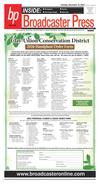080718_YKBP_A11.pdf


Broadcaster Press 11
August 7, 2018 www.broadcasteronline.com
Promote Healthy Weight
Starting With School Lunch
Although there are a variety of theories behind the
growing obesity problem plaguing North American
adults and children, the most consistent findings
point to caloric intake as the culprit. Here’s a simple
equation to get to the root of the problem:
Calories eaten > calories spent = weight gain.
According to National Health Examination Surveys,
adult obesity trends in the United States between
1976 and 2014 indicate the percentage of the adult
population classified as obese has roughly doubled to
more than 38 percent in the last three decades. Children may be learning eating habits from their parents,
potentially contributing to rising obesity rates in
children as well. Recent findings from the Centers for
Disease Control and Prevention indicate one in five
school-aged children and young people in the United
States is obese. In Canada, the Public Health Agency
says roughly one in seven children is obese.
Teaching children healthy eating habits starts at
home and can extend to what students are given to
eat while at school. The Center for Science in the
Public Interest says schools across the country are
working hard to improve school nutrition. Here’s how
parents and school districts can help make school
lunches more nutritious and delicious and lower in
calories.
• Control snack intake. The U.S. Department of
Agriculture says that more than one-fourth of kids’
daily caloric intake comes from snacking. Choosing
smarter snacks may help reduce overeating. Good
snacks can include grain products that contain 50
percent or more whole grains by weight; snacks in
which the primary ingredient is a
fruit, a vegetable, dairy product,
or lean protein; snacks that are a
combination food that contain at
least a 1/4 cup of fruits or vegetables; and foods that contain no
more than 200 calories.
• Read nutritional information.
When selecting foods for school
lunches, parents should read the
nutritional information to make
sure they know exactly what they
are feeding their children. Select
foods that are low in saturated
fats and cholesterol and high in
fiber and nutrient-rich fruits, vegetables, grains, and legumes.
• Go with water. Rethinking beverage choices can help
control kids’ caloric intake.
Many people don’t realize just how many calories
beverages add to their daily intake. Even a six-ounce,
100-percent apple juice can include as many as 96
calories. Sodas and other soft drinks pack a hefty
caloric punch. Water, seltzer and unsweetened iced
tea are healthy beverage options. If milk is the go-to
beverage, choose a reduced-fat version.
• Introduce new foods. Children can be notoriously picky eaters, but with patience and perseverance, parents can introduce new, healthy foods at
lunchtime. Yogurt, hummus and salsa are healthy and
can add flavor to vegetables and fruit. When making
sandwiches, exchange refined breads for whole-grain
varieties. Choose lean protein sources, and go heavy
on vegetables and fruits for natural fiber, which will
create feelings of satiety.
• Read the school menu. Let children indulge in
ordering from the school menu when healthy options
are featured. Urge them to try something unexpected,
rather than sticking to chicken nuggets or pizza days.
Healthy eating habits begin in childhood and can
be initiated with school lunch.
Metro Creative Connection
Back To School Specials
CLEARANCE
Orthopedic – Queen Set
Was $349
Now $218
Arthur – Queen Set
Was $649
Now $488
Coolidge – Queen Set
Was $1049
Now $778
ALL NEW LINE OF RESTONIC MATTRESSES!
Apostle – Queen Set
Reg. $699
Now $588
Baker – Queen Set
Reg. $449
Brunick
FURNITURE & FLOORING
Now $388
All Sizes In Stock and Available
For Free Delivery and Set Up!
1100 W. Cherry St., Vermillion • 605-624-8688

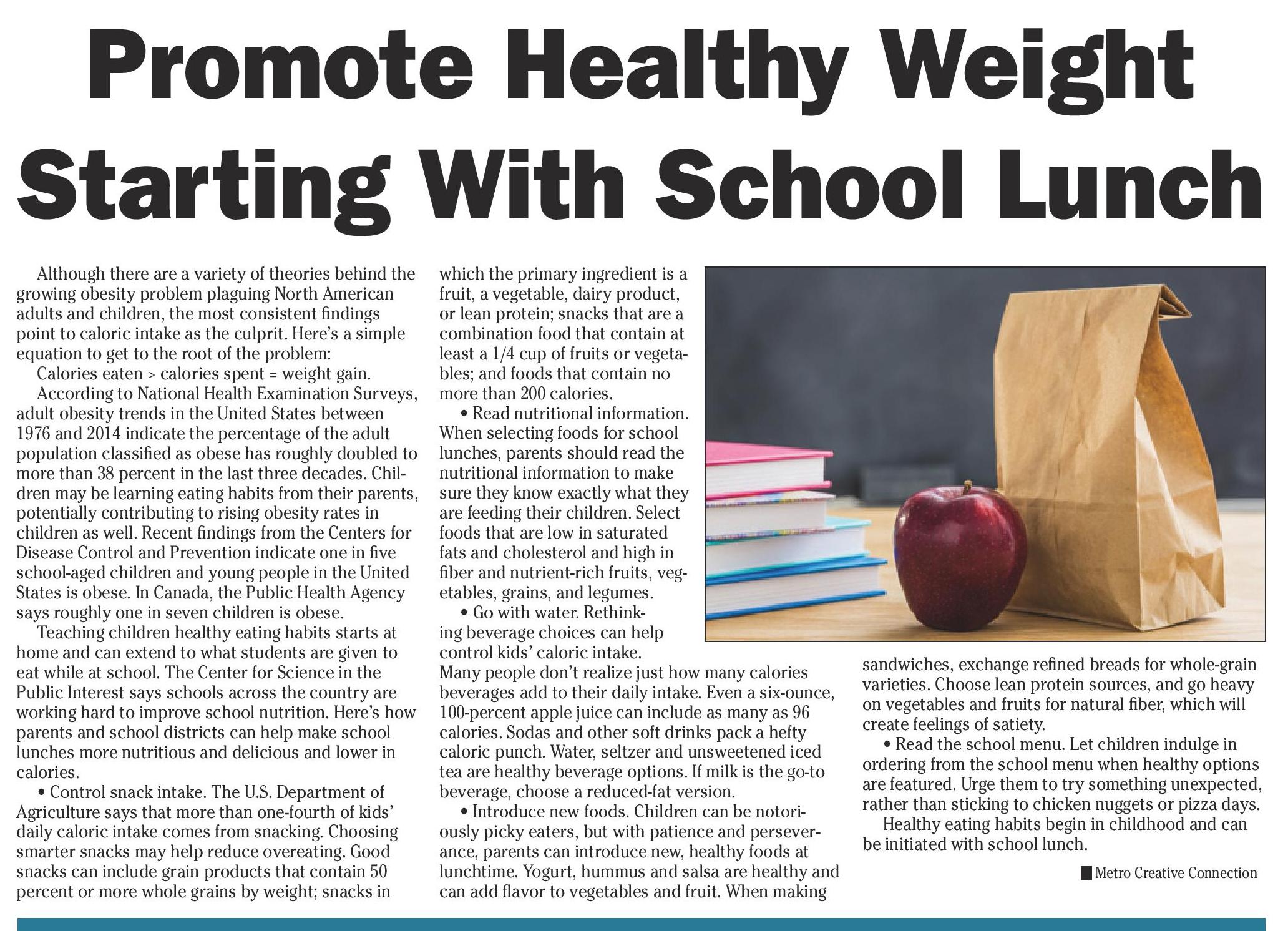


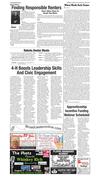
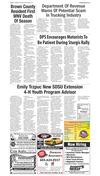

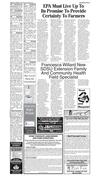

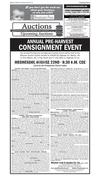
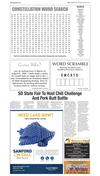

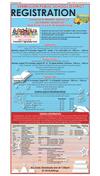


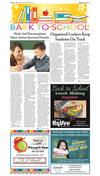

 Previous Page
Previous Page



